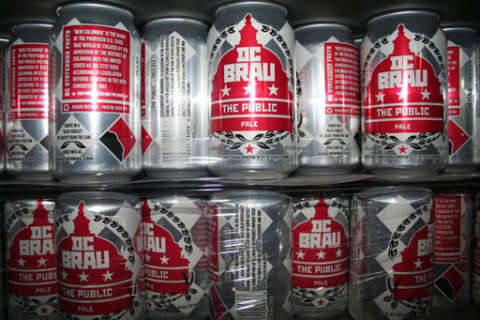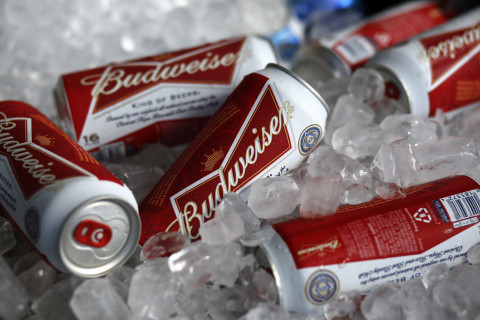WASHINGTON — Friday, April 7, is National Beer Day, which commemorates April 7, 1933, the day that the Cullen-Harrison Act was enacted.
It was signed into law by President Franklin Roosevelt on March 22, 1933.
The law allowed for the legal sale of low-alcohol beer in the United States, several months before Prohibition was completely repealed.
Roosevelt made his famous remark upon signing the legislation: “I think this would be a good time for a beer,” noting the end to the nation’s 13-year-long dry spell.
The low-alcohol beer that the act allowed could have alcohol by volume of as high as 4 percent.
Lower-alcohol beer is the biggest seller in the U.S. today.
“By far the largest segment of beer today is the light beer segment and has an average ABV (alcohol by volume) of about 4.2 percent,” Jim McGreevy of the D.C.-based nonprofit Beer Institute told WTOP.
The beer business is big business in the U.S. today.
“Beer across the country is a $253 billion contributor to the U.S. economy, and the amount of beer sold in the U.S. each year could fill the Lincoln Memorial Reflecting Pool over a thousand times,” McGreevy said.
There are more than 4,000 active breweries in the United States, and the Beer Institute said roughly 1.75 million Americans have jobs as a result of the American beer industry. Those jobs contribute nearly $79 billion in wages and benefits each year to the U.S. economy.
The beer business is big enough that it registers about 1.5 percent of the nation’s total gross domestic product.
The most rapid growth in the past decade has been the number of craft brewers. The number of small and independent craft brewers in the U.S. is at a record high.
According to the Brewers Association, based in Boulder, Colorado, craft brewers have seen double-digit growth in eight of the last 10 years.
Nearly 2,400 of the nation’s active breweries are classified as microbreweries, and craft brewers now hold a 12 percent share of the overall beer industry’s market.








